How to Prepare your Boat for a Major Storm or Hurricane
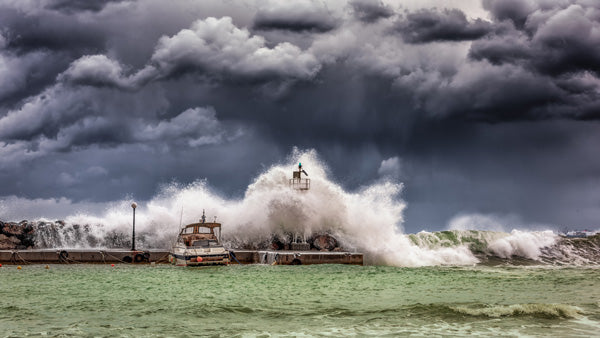
We’ve seen some large hurricanes in recent years that have caused massive damage and affected many lives. With global average temperatures on a long-term upward trend, hurricanes will likely become more frequent and more devastating as they feed on warmer waters. For boaters, especially on the Atlantic coast, this means it is more important than ever to have a comprehensive hurricane plan in place to keep safe and limit the impact on your vessel.
BoatUS are experts when it comes to hurricanes and boating. Their hurricane guide is highly recommended, and we draw much of the information presented here from their guide. Get it here.
Plan Now

Do not wait until hurricane season in the latter half of the year to make a hurricane plan. This may seem obvious, but it is simply human nature to be more reactive than proactive, and with hurricanes, if you wait until a hurricane watch is announced, you are already much too late. If your boat is in a marina, start there. Ask the harbourmaster what the hurricane plan is and what your responsibilities are. Incorporate this information into your own plans. If your marina has a hurricane drill, attend it.
Remember you could be facing any or all of the following: 10’+ storm surge, heavy winds from all directions, large waves, heavy rainfall, and tornadoes. Be ready.
Secure Documents

Make sure you have all your documents together and stored safely. This includes insurance, registration, deeds, lease agreements, and photos from all angles of the vessel. Review your insurance and ensure you have adequate coverage.
Boat Location… is Everything
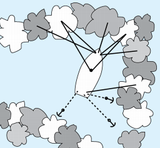
Image credit: BoatUS. Hurricane Hole.
The most important part of your plan is finding the safest location for your boat. Location is the number one predictor of how well your boat will weather a storm. If you can’t move the boat, make the location you have as safe as possible.
Your best course of action is to get your boat ashore and into secure storage in your own garage or other covered facility well away from potential storm surge. If you must store it outside, remove electronics and drain plugs. It is also recommended to use non-flexing straps to tie your boat to the ground anchored with eye bolts in concrete or similar. Finally, remove anything that creates windage: bimini tops, covers, outriggers, antennas, rigging, booms, dinghies, anchors, davits, etc. Anything that can potentially catch wind and can be relatively easily removed should be removed or lashed down with extra care. Properly securing your boat this way may even lower your deductible.
If you cannot get your boat on land, the next best location is a “hurricane hole”, i.e. a canal, river, or other small waterway, preferably that is well away from open water, has tall banks, has sturdy trees, and few homes. Tie many lines from your boat to shore, keeping your boat in the center of the waterway. If the waterway is wide, then one side can be tied to shore while the other uses several anchors – the more lines and anchors the better. Remember to add the time it takes to get to your hurricane hole and secure your boat there to your plan, and then add extra time for the poor conditions.
A secure mooring in a quiet harbor is another good place to face the storm, provided that your mooring is solid. The best mooring by far is a Helical screw-type. Any tackle used to attach to this mooring will break before the mooring does. If you moor in an area vulnerable to hurricanes, upgrade your mooring now. Also, be sure your mooring chain is in excellent condition. If it hasn’t been inspected in a while, do it well before storm season. The advantage of a mooring is that the boat can swing to face the wind which reduces windage, so make sure it has room to swing 360 degrees without hitting anything.
If your boat will be at anchor, then you need to up your anchoring game. Two lines at 90 degrees, one shorter than the other works best. Improve this more by added a second anchor on each line to work in tandem. Allow plenty of scope, 10:1, and the heavier the lines, chains, and anchors the better.
Next to more dangerous territory: docks and marinas. The worst are cramped, fixed docks and floating docks with short pilings (the surge will carry docks up and over their pilings). The best are marinas with floating docks and tall pilings. Count yourself lucky if you are in the latter. To improve your chances in a marina, tie your boat away from dock edges and pilings. Use as many strong lines as possible and tie your boat so that it is held in the center of your slip. If you are alongside a dock, lengthen your lines and use offshore lines on anchors to keep your boat out from the dock. One of the main reasons these techniques fail is poor dock lines. Consider keeping an extra set of thicker and longer lines on hand to use only for your hurricane plan. If you are in the worst scenario, a cramped marina with short pilings, or a fixed dock, your best bet is to get your boat away from the marina entirely. Get it ashore or find a hurricane hole.
Final Thoughts
Here are a few more final points to increase your chances of good outcome after a major storm or hurricane.
- Stay tuned to the weather. A hurricane watch means a storm will arrive in the next 48 hours while a hurricane warning means a storm in the next 36 hours. How long does your plan take to execute?
- Never, I repeat, never ride out the storm on your boat. You are not only risking your life, but those who must come and rescue you.
- Lines chafe badly in storm conditions. It is very important to chafe guard all lines you use at all contact points.
- Make sure your cleats and chocks will fit your storm lines (which should be larger diameter than your regular lines). Reinforce cleats and chocks or upgrade before storm season.
- Reduce windage. Anything that can catch a bit of wind and is relatively practical to remove, should be removed. One of the worst culprits is roller furled sails, which inevitably come unfurled and catch wind, getting torn to shreds in the process.
- If your boat is weathering the storm in the water, be sure to have charged batteries to run the bilge pumps and backup batteries available.
- Remove all electronics. Electronics and water do not mix, plus theft is a consideration in a natural disaster.
- Seal any openings as best you can to prevent water damage. Consider points of entry such as ports, hatches, gauges, drains, engine exhaust ports, etc.
- After the storm, get to your boat as soon as authorities give the OK, and check out how you did. Take inventory. Take pictures. Be prepared to clean up a mess and water. Remember that salt water is corrosive so you may need to treat exposed interior metal. Consider there may be looters about. Finally, on your first time out after a storm, double check everything; there could be damage that is not obvious and may cause you trouble on the water.
Published
Recent Posts
Our history: a 20 year journey
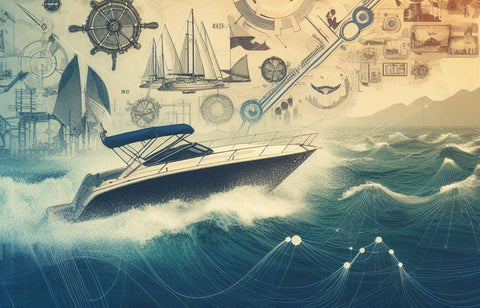
Boat Cleaning Tips for Anglers: Keeping Your Vessel Spotless and Pristine

Avast, Ye Mariners! Master the Art of Docking: A Swashbuckling Guide for Boaters
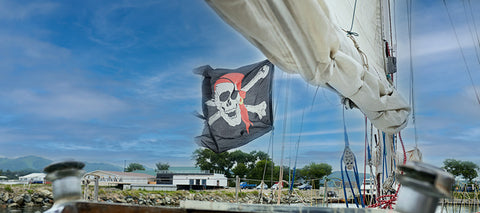
Top Reasons to Keep a Boating Maintenance Log
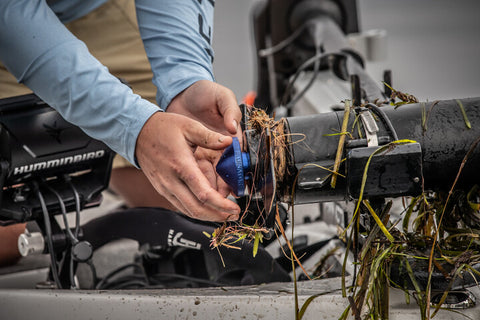
4 Top Tips for Buying a New-to-you Used Boat
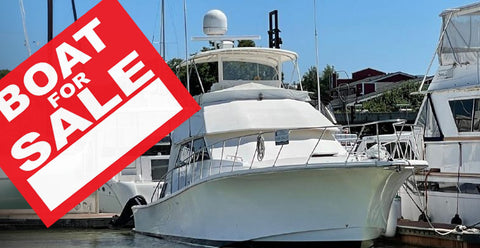
Top Trends in Recreational Boating for 2023
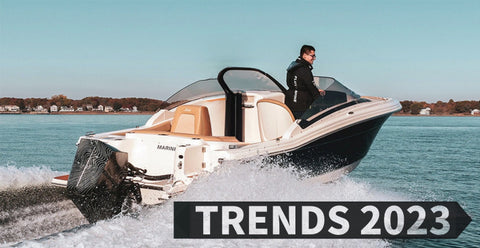
Bent Boat Anchor Shank: Common Causes and Prevention Tips
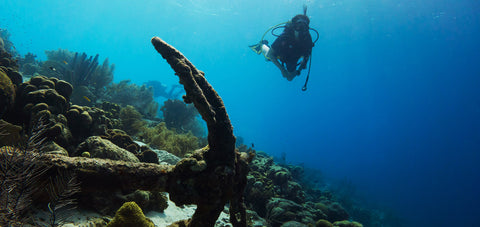
Prepare Your Boat For An Above Average Hurricane Season
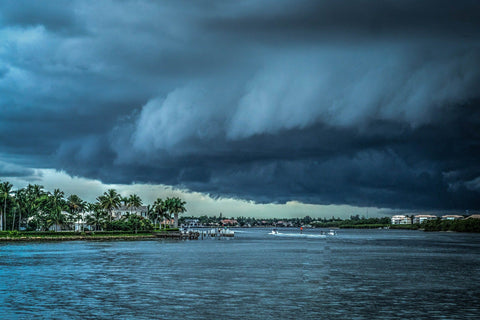
Best Methods For Anchoring Your Jet Ski in Deep or Shallow Water
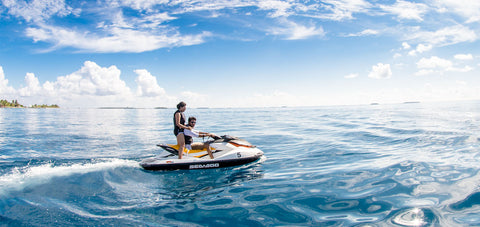
Best Options For Connecting Your Boat To WiFi Internet
